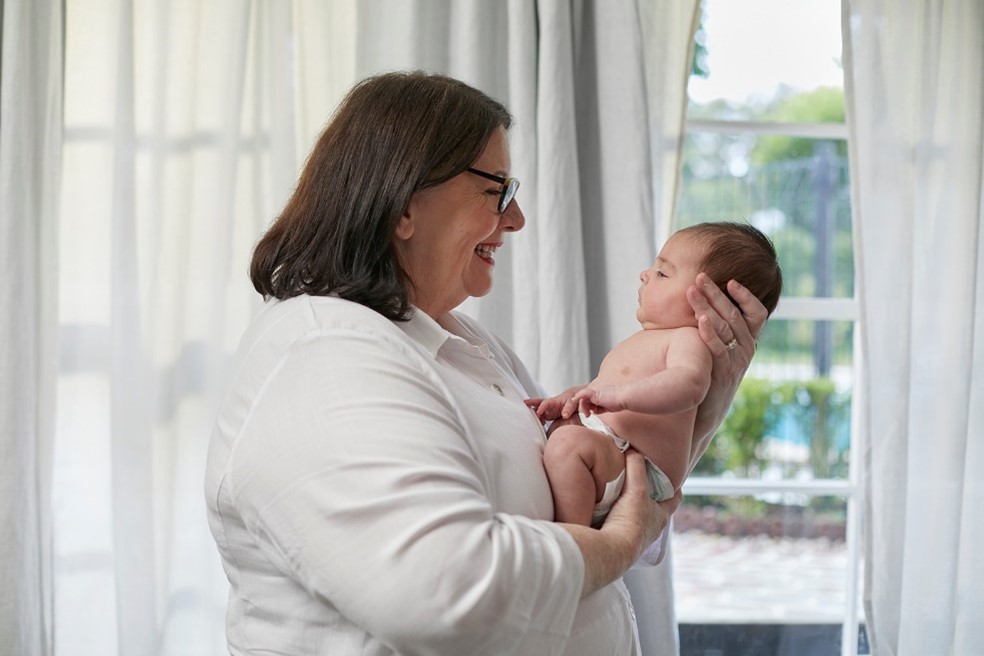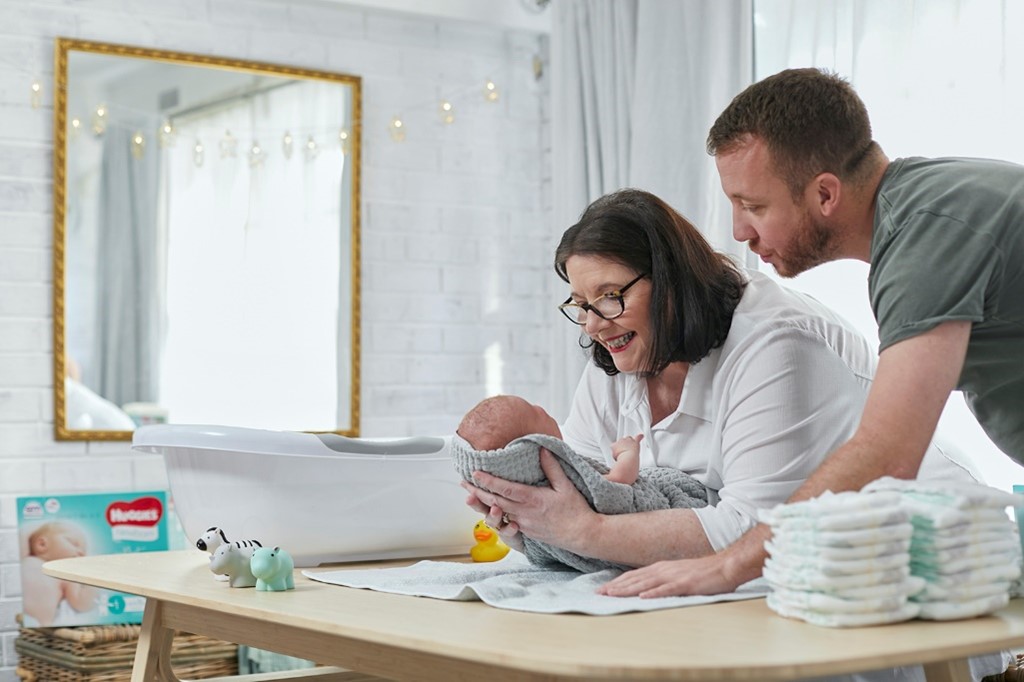Taking care of your baby’s personal hygiene is of the utmost importance. Babies don’t develop the capacity to create their own antibodies until they are at least 2-3 months old and their immune systems aren’t fully developed until they are around six months old. While your little one’s immune system is incredibly sensitive, protecting a baby from illness and infection is essential.
Here’s some guidance on how to manage some common issues that might arise.
Umbilical Cord Care
After your baby is born, the umbilical cord is cut and clamped, with the remaining stump still attached. As your baby’s body’s natural healing process takes over, the stump will naturally separate from the body within five to seven days.
Until then, it’s important to keep the stump clean and dry. A cotton bud dipped in warm water is all that is required to keep the cord clean. It’s fine to gently bath baby whilst the stump is still attached, provided the cord is dried thoroughly with a soft face washer after the bath.
As the belly button tissue starts to heal, it will dry out and form a dark black scab. When this begins to separate, it’s common for spots of blood to appear on baby’s skin and clothing. Don’t be alarmed, it’s all part of the healing process. Of course, if anything seems unusual or you are unsure, it’s always best to check with your doctor or midwife.
If at any stage, the cord is smelly, or the skin around the area is red or there are any pimple-like spots, please check with your doctor or midwife. A granuloma can form in the stump of the umbilical cord. This has the appearance of a small pink piece of flesh. If this occurs, please seek the advice of your doctor or midwife. A doctor can easily treat this with a small amount of silver nitrate. Don’t worry, there are no nerve endings in the granuloma so baby won’t feel any pain.
Sticky Eye
Commonly mistaken for conjunctivitis, a sticky eye on a baby is usually the result of a blocked tear duct. Cleanse the baby’s eye gently with warm water on a soft cotton ball/or cloth, swiping from the inner corner of the eye and working outwards. Wipe once and discard the used cloth/ball. Dry the eye in the same way. At every nappy change you can put drops of breast milk in the cleaned eye to help relieve symptoms. If the symptoms don’t reduce or you remain concerned, seek medical advice.
Cradle Cap
Cradle cap is simply defined as a collection or/ or build-up of layers of dry skin. Cradle cap can accumulate and become thick and smelly and if your baby has a lot of hair, it can take a long time to remove. Therefore, prevention is better than care.
Because baby’s head is still soft and delicate, many parents are cautious cleaning this area, in fear they will hurt their bub. Fear not, your baby will enjoy the soothing motions of a gentle head massage.
Use the beginning of each bath time as the opportunity to clean baby’s head. With baby supported in your arms, use a face cloth drenched in warm water to gently make circular motions to clean the top of baby’s head, forehead and between the brows. Once clean, thoroughly dry their hair in the same circular motion. Unless advised, don’t put any oils, lotions and creams on the hair or head.
Dry Skin and Rashes
Whilst any spots, dots and rashes on a newborn baby can be alarming, in most instance they are harmless and will resolve themselves naturally. It is important that you do not squeeze or rub any rash and while cleaning use warm water only. Don’t apply creams or solutions unless directed to do so by your doctor.
A baby can experience several different rashes during their early life. Most of which won’t require any treatment, but if you’re unsure it’s always best to check with your doctor of midwife.
- Pink pimples: are what we call neonatal acne or baby acne and typically require no treatment.
- Dry skin: is very common in newborn babies, especially in those babies that were overdue. The baby’s skin does not require any moisturising cream and within a few weeks their skin will normalise.
- Millia: small white dots on the baby’s nose, usually caused by blocked oil glands. They will disappear naturally.
In addition to prioritising a regular cleaning routine for baby, practising good personal hygiene and keeping the home environment and baby’s surroundings clean and sterile, is important in keeping your new baby happy and healthy.
If you ever have concerns about your baby’s health, always seek the advice of trained medical support.


Last Published* May, 2024
*Please note that the published date may not be the same as the date that the content was created and that information above may have changed since.
















